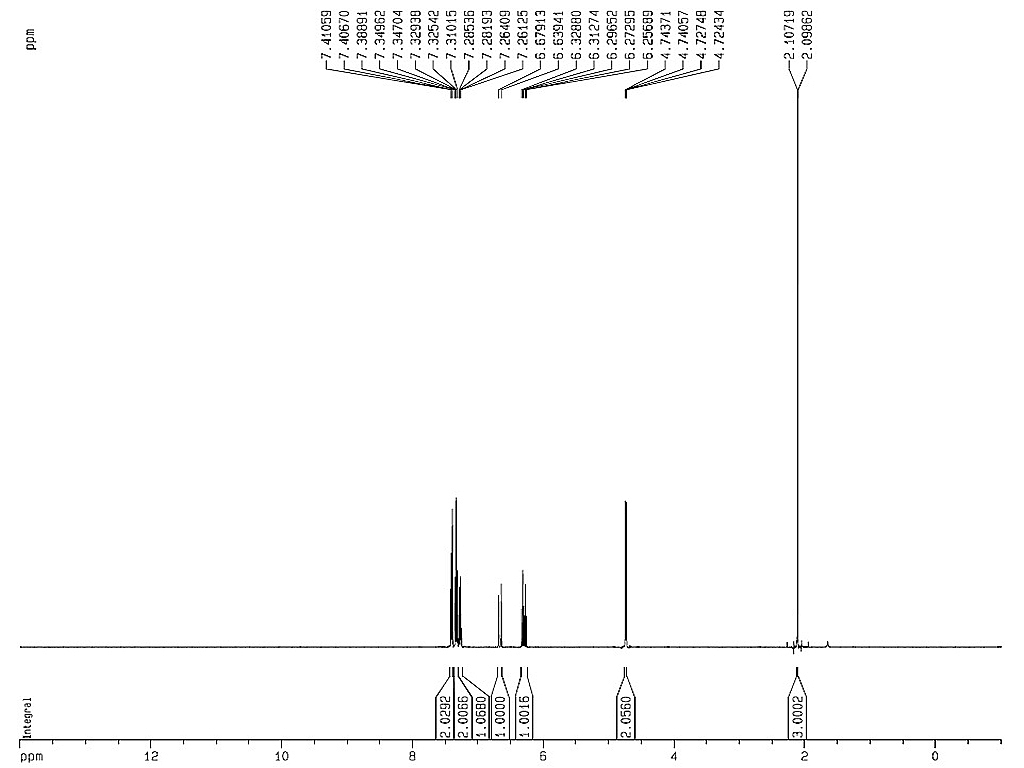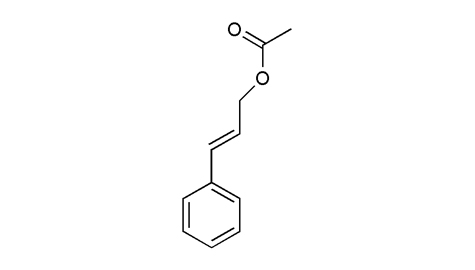|
植物来源 |
|
|
生物活性 |
|
|
鉴定 |
1HNMR


|
| 分析方法 |
|
| 仪器 |
硅胶60 F254 板 (012 mm thick, 200 × 100mm, Merck) |
| 流动相 |
正己烷: 丙酮: 甲酸 = 8∶2∶0.11, v/v/v |
| 检测器 |
UV λ254 nm |
|
|
|
| 仪器 |
GC-MS 仪 (Clarus 500 GC-MS, PerkinElmer, USA) |
| 色谱柱 |
4 m × 3.8 mm 不锈钢柱包括10% SE-30 固定相 |
| 流动相 |
载气: 氮气, 流速: 1 cm3/min: 50°C : 1 min; 5°C /min 至160°C ; 20°C /min 至 275°C ; 保持温度: 5 min |
|
|
|
| 仪器 |
PolarisQ 离子阱GC/FID/MSn仪 (Themo, USA) |
| 色谱柱 |
30 m × 0.25 mm × 0.25 µm DB-5MS 柱 (Agilent J&W Scientific) |
| 流动相 |
进样温度: 250°C, 载气: 氦气, 1.0 mL/min; 1: 10 分流速, 箱温: 80°C : 1 min, 200°C, 4°C/min, 保持5 min. |
|
|
|
| 仪器 |
Trace GC-PoLaris Q 质谱仪 (ion source 200°C, 70 eV) |
| 色谱柱 |
RTx-5MS毛细管柱 (30 m × 0.25 mm, 膜厚0.25 µm) |
| 流动相 |
箱温: 80°C, 1 min, 80 至200°C, 4°C/min, 保持 5 min. 进样温度: 250°C, 分流速: 1: 10; 载气, 氦气, 1 mL/min |
| 检测器 |
加料对比标准品和碎片 Wiley/NBS Registry 质谱库和 NIST MS 检索 |
|
|
|
| 仪器 |
Agilent 6890 气象色谱仪 (Agilent Technologies, Palo Alto, CA, USA) |
| 色谱柱 |
硅胶熔融柱 (60 m × 0.32 mm i.d., 膜厚0.25 µm; HP-5 Agilent Technologies, Palo Alto, CA, USA) |
| 流动相 |
进样器和检测器温度: 250°C, 载气氦气: 1.0 mL/min, 温度程序: 70-180°C, 4°C/min. |
| 检测器 |
电离子化合化学离子化: 70 eV, 源温度: 250°C, 灯丝发射电流 : 1 mA |
|
| 参考文献 |
|
[1]
|
Tung, Y.-T., et al. (2008). "Anti-inflammation activities of essential oil and its constituents from indigenous cinnamon (Cinnamomum osmophloeum) twigs." Bioresource Technology 99(9): 3908-3913. |
|
[2]
|
Chang, S.-T., et al. (2001). "Antibacterial activity of leaf essential oils and their constituents from Cinnamomum osmophloeum." Journal of Ethnopharmacology 77(1): 123-127. |
|
[3]
|
He, Z.-d., et al. (2006). "Comparison and quality assessment of cassia bark (Cortex Cinnamomi) by thin layer chromatography." J. Chin. Pharm. Sci. 15(4): 195-199. |
|
[4]
|
Yadav, G. D. and S. Devendran (2012). "Lipase catalyzed synthesis of cinnamyl acetate via transesterification in non-aqueous medium." Process Biochemistry 47(3): 496-502. |
|
[5]
|
Cheng, S.-S., et al. (2006). "Chemical polymorphism and antifungal activity of essential oils from leaves of different provenances of indigenous cinnamon (Cinnamomum osmophloeum)." Bioresource Technology 97(2): 306-312. |
|
[6]
|
Huang, T.-C., et al. (2007). "Induction of apoptosis by cinnamaldehyde from indigenous cinnamon Cinnamomum osmophloeum Kaneh through reactive oxygen species production, glutathione depletion, and caspase activation in human leukemia K562 cells." Food Chemistry 103(2): 434-443. |
|

